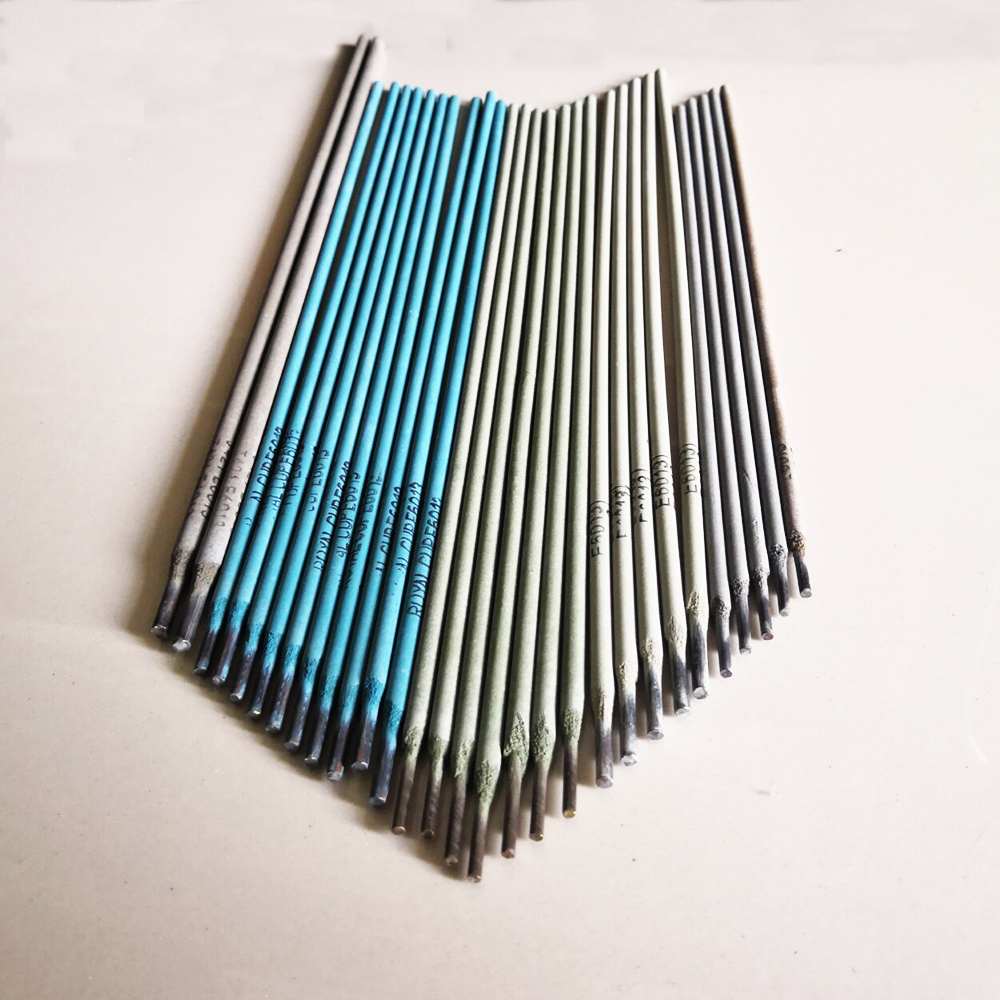mig wire 70s6
Understanding MIG Wire 70S6 A Comprehensive Overview
MIG welding, or Metal Inert Gas welding, is a versatile and efficient fabrication process used across various industries, and one of the prominent wires utilized in this technique is the MIG wire 70S6. This type of wire is particularly favored among welding professionals for its exceptional performance and reliability in creating strong welds in structural applications.
Composition and Characteristics
The 70S6 wire is classified as a low alloy steel wire and is primarily composed of carbon, manganese, silicon, and traces of other elements. The designation 70 indicates that the wire produces welds with a minimum tensile strength of 70,000 psi, making it ideal for structural steel welding. The S denotes that it is a solid wire, while the 6 refers to the specific chemical compositional limits set by the American Welding Society (AWS) in its classification standards.
One of the key characteristics of MIG wire 70S6 is its excellent arc stability, which is crucial for achieving high-quality welds. This wire produces a smooth, clean arc that minimizes spatter, thereby reducing the amount of post-weld cleanup required. The low slag production associated with 70S6 allows for better visibility during the welding process and more accessible monitoring of the weld pool.
Applications
MIG wire 70S6 is predominantly utilized for welding carbon steels and low-alloy steels. Its high tensile strength makes it particularly suitable for applications in the construction and manufacturing sectors, such as fabricating structural components, vehicles, and machinery. The wire is also effective for welding thin materials, allowing for penetration without distortion.
mig wire 70s6

In addition to structural welding, MIG wire 70S6 is often used in various fabrication shops and during the production of pipelines and pressure vessels. Its versatility makes it a go-to choice for both professionals and hobbyists alike. Moreover, it can be used in different positions, including flat, horizontal, vertical, and overhead, providing welders with the flexibility to work in diverse settings.
Advantages of Using 70S6
One of the most significant advantages of MIG wire 70S6 is the ease of use it provides, making it suitable for both inexperienced and skilled welders. The fine diameter of the wire allows for excellent control over the welding process, contributing to high-quality results. Moreover, the wide availability of 70S6 makes it an economical choice for many projects.
Welds made with MIG wire 70S6 are known for their strength and durability, making them able to withstand various stresses and environments. This robustness stems from its low heat input, which reduces warping and distortion during the welding process. The wire also shows good resistance to cracking and provides a good appearance in the finished weld, which is often a requirement in many industries.
Conclusion
In conclusion, MIG wire 70S6 is a reliable and efficient choice for a wide range of welding applications. Its impressive tensile strength, excellent arc stability, and minimal spatter make it a preferred option for professionals seeking quality and performance. As industries continue to evolve and demand stronger materials and techniques, the significance of MIG wire 70S6 remains steadfast, underscoring its status as a cornerstone in the welding community. Whether for structural applications, fabrication, or repair work, 70S6 continues to be an essential asset for welders around the world.
-
Best Hardfacing MIG Wire for Sale High Durability Welding SuppliesNewsJun.10,2025
-
ER70S-6 MIG Welding Wire Supplier High Quality China Welding Wire ManufacturerNewsJun.10,2025
-
Premium Aluminum Flux Core Wire China Manufacturer FactoryNewsJun.10,2025
-
Premium Cast Iron Welding Electrodes for Superior BondsNewsJun.10,2025
-
Premium 309L MIG Wire High Strength & Corrosion ResistantNewsJun.10,2025
-
Stainless Steel Welding Rod Types Complete Guide to Corrosion ResistanceNewsJun.09,2025


